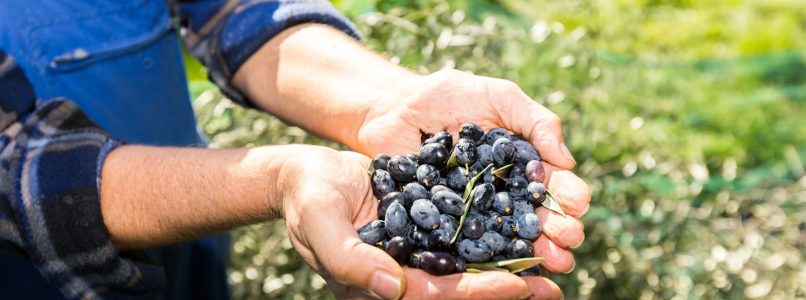La Vis winery is a reality where taking care of people is as important as making a good wine. And where time has a social value rather than an economic one
There are places where work is best organized, members feel part of a family, skills are paid correctly and everything is done in constant respect for the environment. La Vis winery is one of them. Located on the outskirts of Trento, in Trentino, in the municipality of which it bears its name, it has 700 members and 400 hectares of vineyards. The name La Vis originates from the Avisio stream that descends from the peaks of the surrounding mountains with the impetuosity characteristic of the nature of this splendid natural setting, and which well embodies the concept of strength, vis in Latin, contained in it.
The wine cooperative has its history in 1850 when the Cembran family built the first nucleus of its current production structure. Officially, the winery was born after the war, in 1948, thanks to the idea of 14 enterprising winemakers which gradually acquired other properties, up to the current 400 hectares. Today all the members of the winery are followed step by step in the care of the vineyard, from pruning, to seed beds, up to the sowing of legumes for green manure. The whole in the name of sustainability. But the involvement also concerns every entrepreneurial choice of the winery. Just like in a big family.
A new way of conceiving viticulture
The philosophy of these entrepreneurs was to revolutionize the usual modus operandi of winemakers. Thickening of the plants and lowering of yields were the first steps for the qualitative improvement of viticulture. At the center of the thought of these men there has always been a great attention to having healthy, walkable soils, in which spontaneous grasses grow free to make the soils more ventilated, less compact, so that the roots of the vines could sink deeply. . In healthy environments it is in fact easier to maintain healthy vines and grapes. It was one of the first Italian companies to undertake innovative projects such as zoning, that is the choice of the best soil for each grape variety.
A natural landscape
The vines of the La Vis winery climb up to 1000 meters above sea level, a fairly common situation in South Tyrol, on an area that embraces two different climatic zones, a continental one near the Adige River, and a sub-Mediterranean one in Val di Cembra, with milder temperatures thanks to the Ora del Garda, a blowing from the early afternoon, and which sweeps away moisture from the soil and grapes, preventing mold or other pathogens from forming. All the vines are surrounded by hectares of wood, which make the landscape completely natural.
All the wines of La Vis
The common thread that unites all the wines in the cellar is the real correspondence between the Trentino area and the hand of the man who completes the work begun in the vineyard in the cellar. Specifically, that of Ezio Dallagiacoma, for more than ten years in charge of all La Vis production. The cultivated varieties are the traditional ones of Trentino, starting from Nosiola, Chardonnay, Traminer, Gewürztraminer, Riesling, Incontro Manzoni and, among the reds, Pinot Noir, Schiava, Lagrein, Teroldego and Merlot. All stages of vinification in the cellar aim to preserve the peculiarity of each grape and the territories of origin, enhancing the characteristics of each single vintage. It follows the philosophy of "Less is more", so as not to distort the true soul of each wine. Among those tasted, a Vich Sauvignon 2015 a pure Sauvignon blanc, from the Selezioni line. The grapes are harvested when fully ripe, to enhance the noblest aromas of this vine. About 30% of this careful selection of Sauvignon blanc rests, matures and evolves in new French oak tonneaux. After about a year of waiting, the assembly between steel and oak is carried out, obtaining the Vich cuvée which only after 3 months of further aging in the cellar begins its journey in the bottle. At least 6 months will pass before going out on the market. The result is a fresh, very savory wine that releases aromas of gooseberry, mango and exotic fruit on the nose. It is perfect for elaborate fish dishes or soups.
The second wine Diaol Chardonnay Vigneti delle Dolomiti IGT 2011 from the Selezioni line comes from a land where the first Chardonnay in Italy was planted. Located in the middle of the hills, the vineyard has a soil with clay, alternating with dolomitic sediments, among the characteristics that allow to obtain quality grapes. The vinification takes place for 70% in steel and 30% in French oak tonneaux. The assembled cuvée matures another 3 months in stainless steel tanks, then bottled it rests in the bottle for at least another 6. In the glass it has aromas of yellow plum and nectarine peach with mineral and brackish hints that create an intense and intriguing olfactory profile. Freshness and flavor give the palate a nice tension, a long and persistent finish characterized by pleasant saline notes. An important wine, perfect for fish main courses such as stewed monkfish or sea bream fillets in crazy water.
The last wine tasted by the La Vis winery is Maso Franch 20016, a blend of Chardonnay and Incrocio Manzoni, which comes from Maso Franch, a small plot at the gateway to the Cembra Valley, in the area most exposed to the sun, rising from Lavis. Maso Franch is a unique reality in Val di Cembra, due to the size of the vineyard, but above all for the natural environment in which it is inserted, within a vast forest. On the nose you immediately feel the minerality mixed with fruity and citrus aromas. On the palate it has an important structure, it is broad and dense with an evident saline component that caresses the palate in the long finish. A wine that for Dallagiacoma is "intense like a gaze that one still wants to cross despite embarrassment. A wine that bewitches, seduces and charms like a new love .

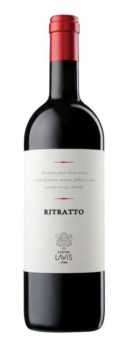
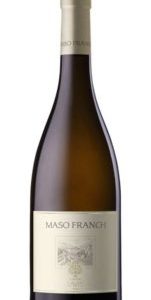
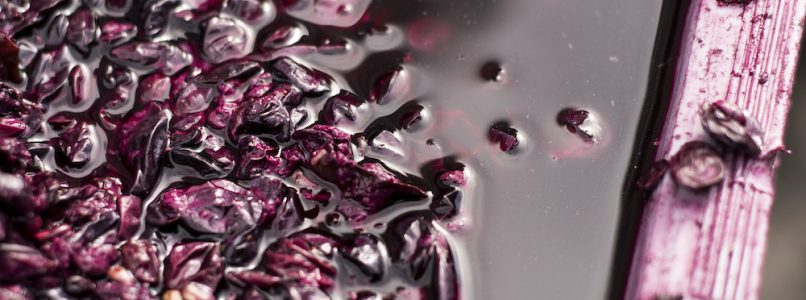
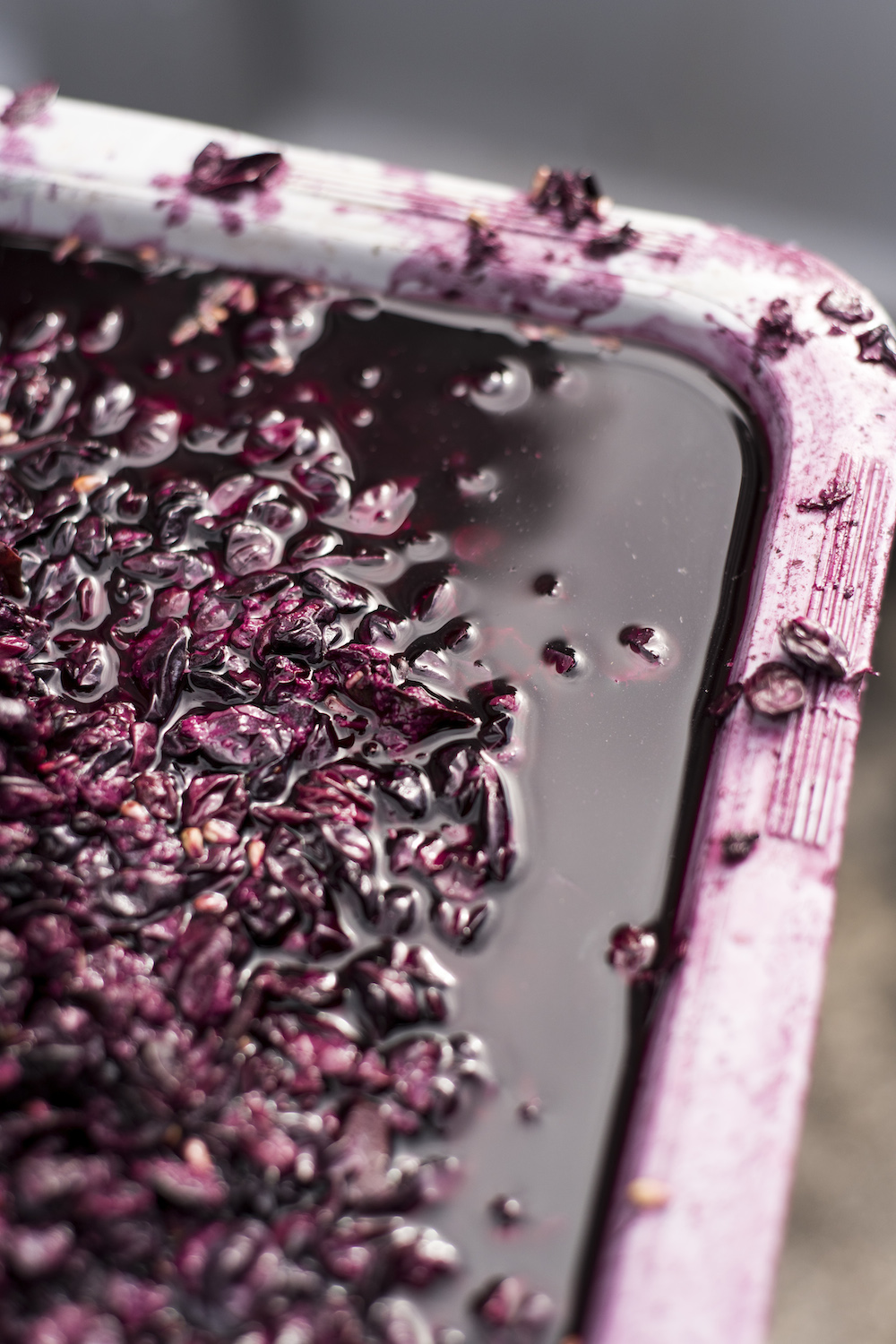 An ancient story
An ancient story Those who have made grappa a real luxury item, keeping its peasant roots, are Mario Pojer and Fiorentino Sandri. On the farm Pojer and Sandri Exclusive attention is paid to the material: before distillation, the pomace is deprived of its pips, marginalizing the roughness of aroma that it could cause. Essenzia grappa is recognized for its fruity scent that hides the right alcohol content and the full harmony of a
Those who have made grappa a real luxury item, keeping its peasant roots, are Mario Pojer and Fiorentino Sandri. On the farm Pojer and Sandri Exclusive attention is paid to the material: before distillation, the pomace is deprived of its pips, marginalizing the roughness of aroma that it could cause. Essenzia grappa is recognized for its fruity scent that hides the right alcohol content and the full harmony of a 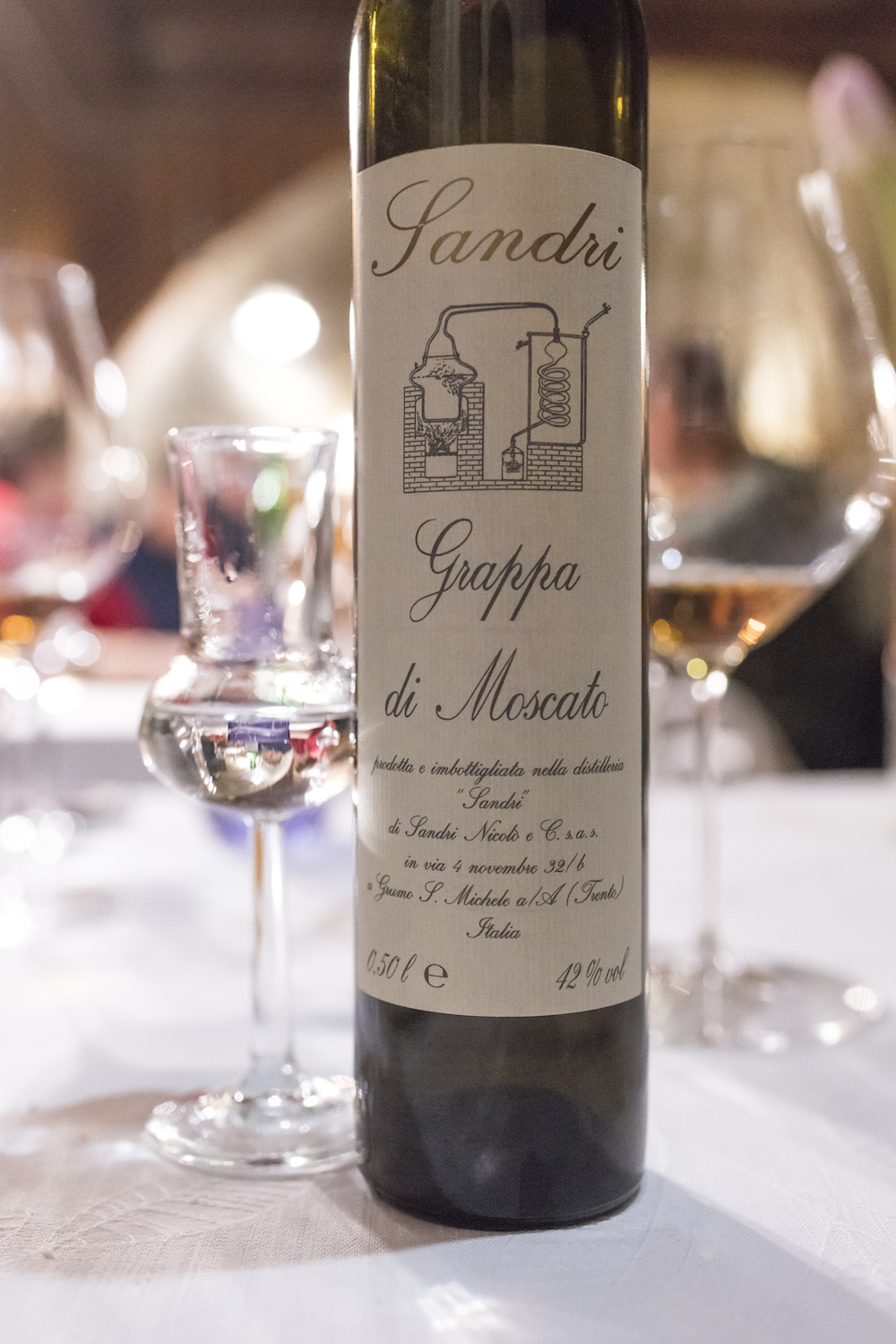 A
A 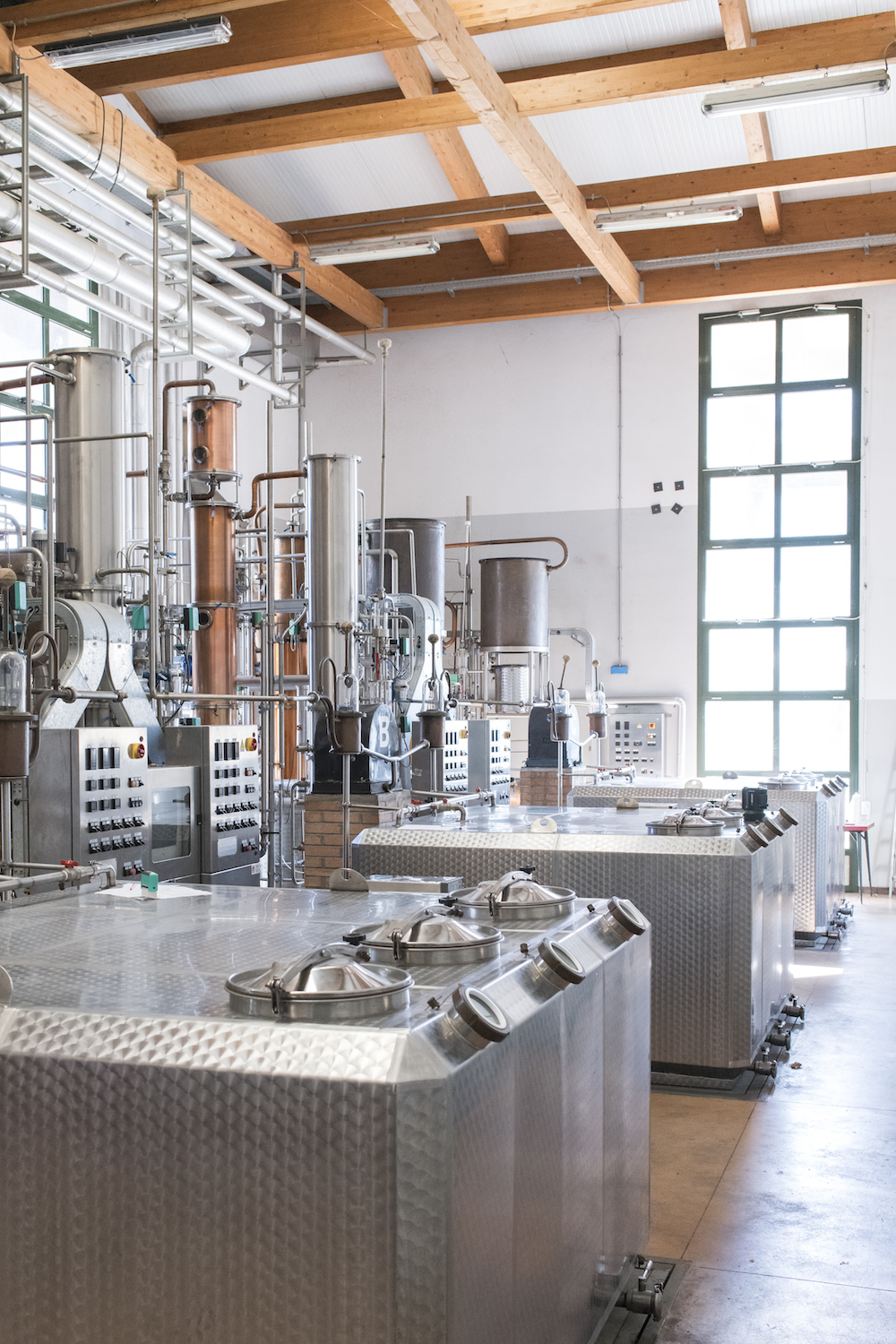 The Piana Rotaliana is the homeland of Teroldego, a fragrant and vigorous wine. So the Bertagnolli Distillery has developed a grappa (dedicated to Giulia de Kreutzenberg, wife of the progenitor of the dynasty) with copper stills and the bain-marie method, which releases the characteristic aroma of the grape, resulting at the same time balanced and handsome.
The Piana Rotaliana is the homeland of Teroldego, a fragrant and vigorous wine. So the Bertagnolli Distillery has developed a grappa (dedicated to Giulia de Kreutzenberg, wife of the progenitor of the dynasty) with copper stills and the bain-marie method, which releases the characteristic aroma of the grape, resulting at the same time balanced and handsome.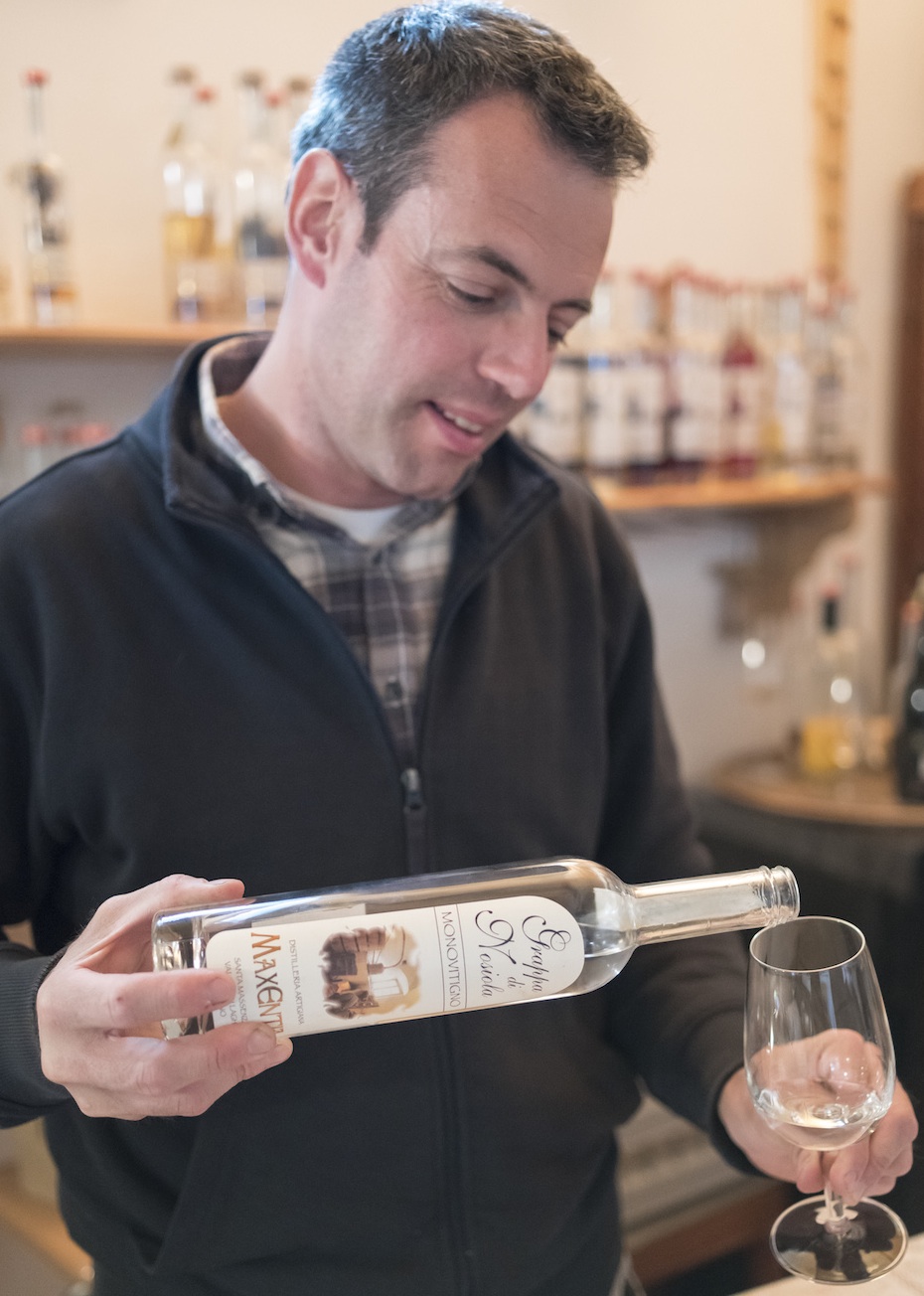 The art of Trentino distillation has a capital. It is the village of
The art of Trentino distillation has a capital. It is the village of 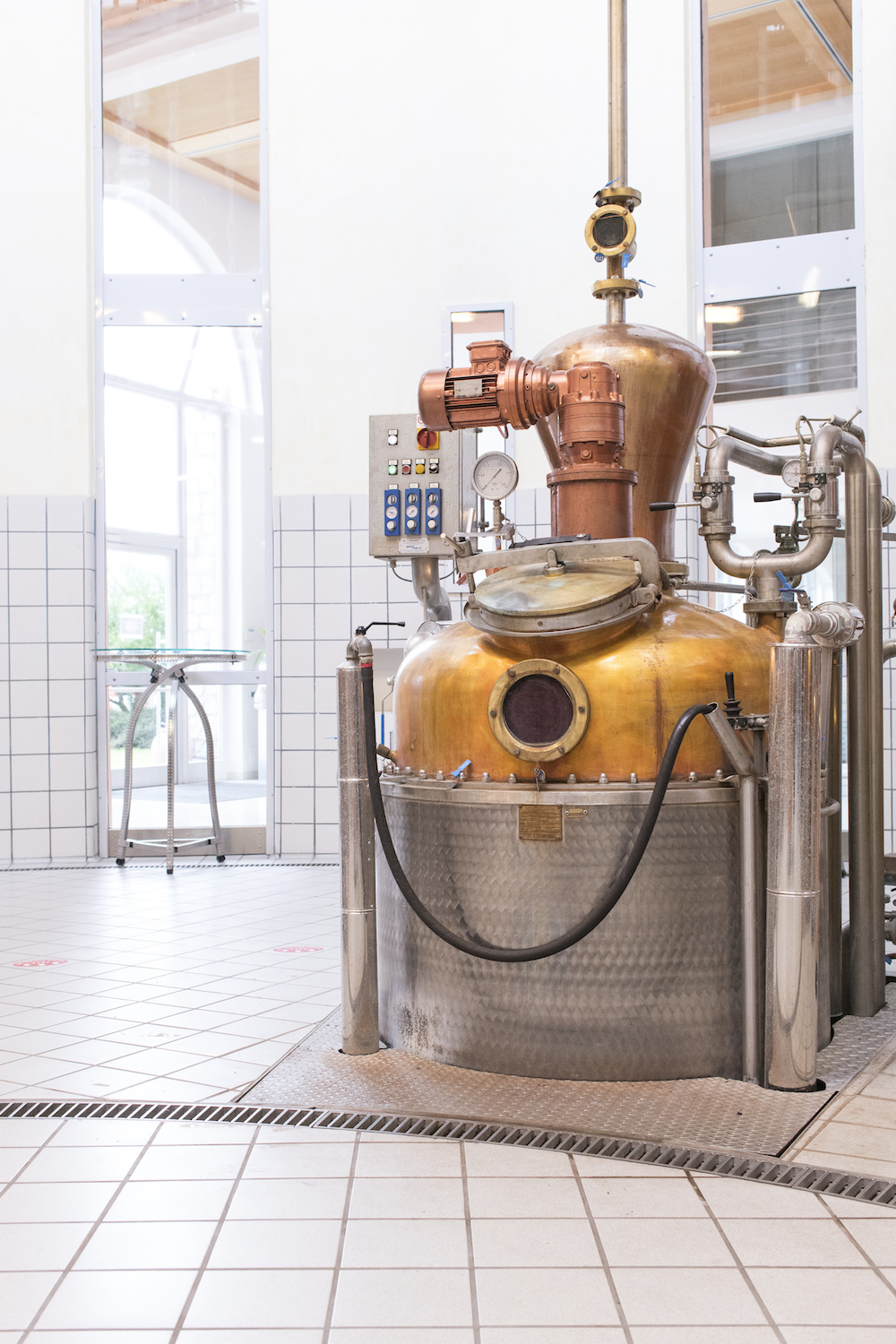 Just north of Rovereto there is another cornerstone of Trentino grappa: the Marzadro Distillery was born in 1949 and still
Just north of Rovereto there is another cornerstone of Trentino grappa: the Marzadro Distillery was born in 1949 and still 